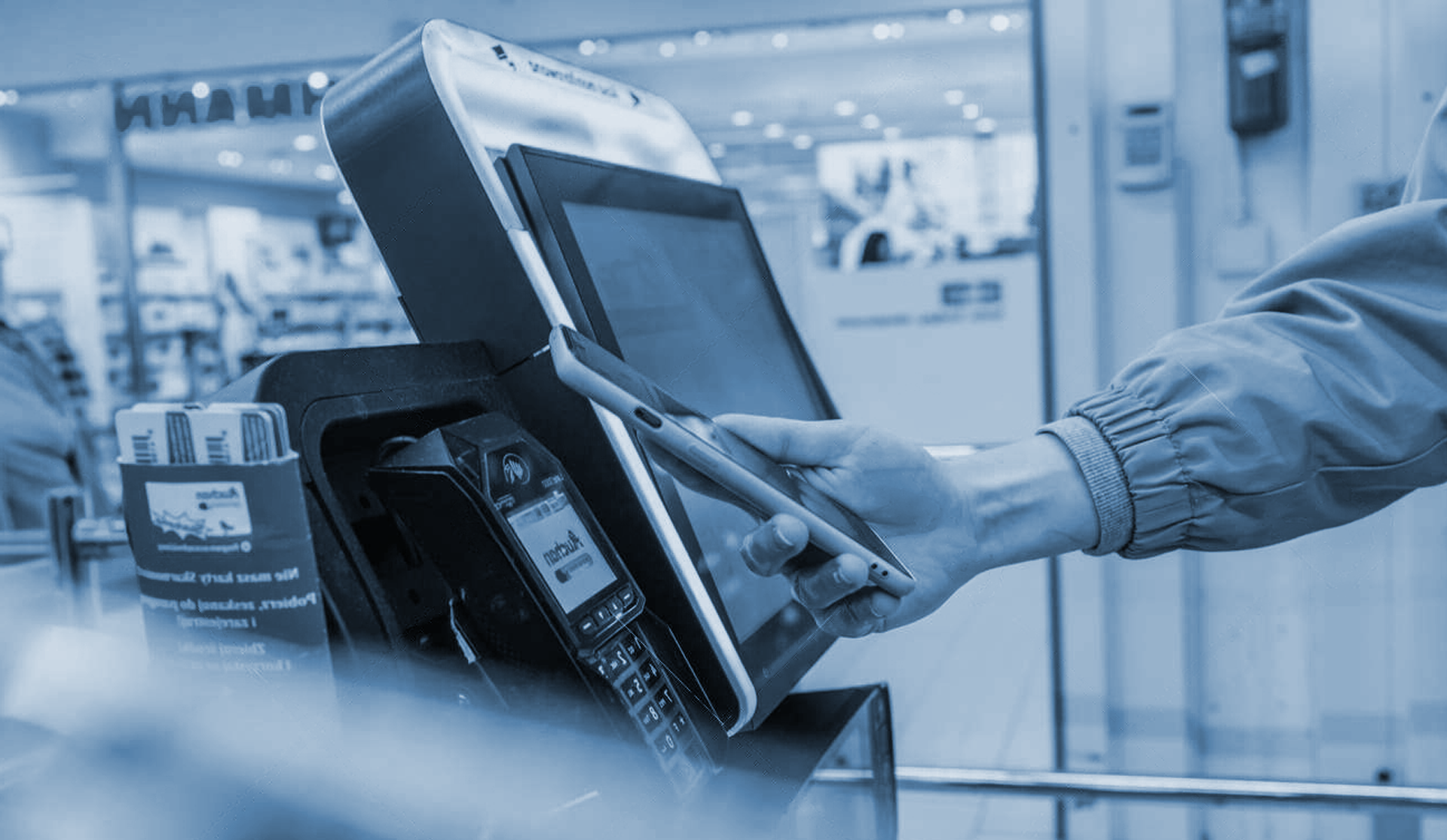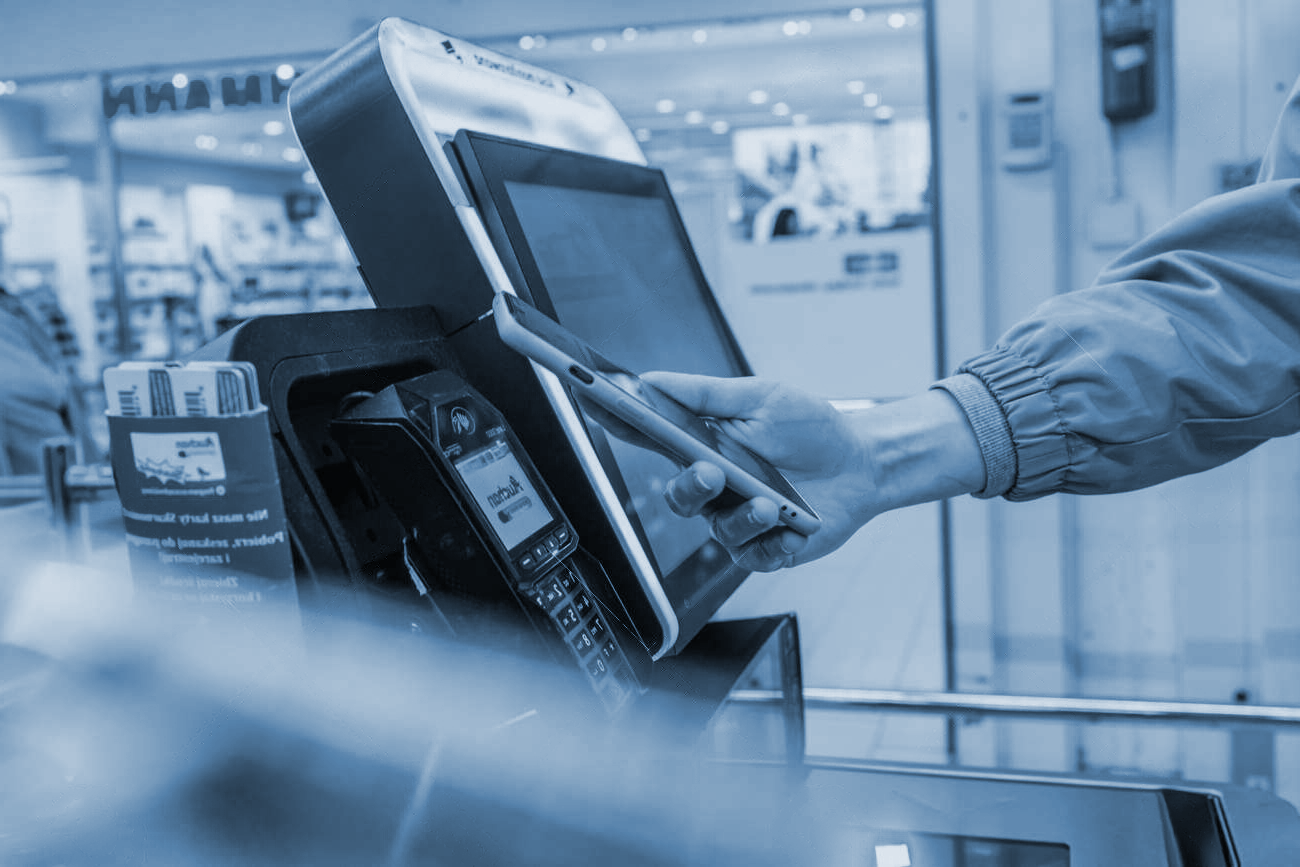
01 Dec Automatic Cash Registers
The history and evolution of automatic cash registers:
Automatic Cash Registers, a Revolution in Retail For over a century, cash registers have assisted merchants in managing their sales and revenue. However, with the rise of technology and changing consumer expectations, automatic cash registers have increasingly become integral in the food retail sector. What are the origins, advantages, and disadvantages of these machines that transform the cashier profession and the customer’s shopping experience?
The Invention of the Cash Register The history of the cash register begins in the late 19th century in the United States when a saloon owner named James Ritty conceived the idea of creating a mechanism to count customer payments and reduce employee theft. Inspired by a device measuring the revolutions of a steamboat’s propeller, he invented the first mechanical cash register, which he named “Ritty’s Incorruptible Cashier.” This machine displayed customer payments and added them up but did not have a drawer or receipt system. Ritty sold his company to Jacob H. Eckert, who improved the model by adding a drawer and a bell that rang with each drawer opening to alert the store owner of an ongoing transaction. Eckert later sold the company to John Henry Patterson, who renamed it the National Cash Register Company (NCR) and expanded the cash register market in the United States and worldwide.
The Advent of Automatic Cash Registers Over time, cash registers evolved from mechanical to electronic, and then to computerized systems, incorporating functions such as calculations, stock management, and customer loyalty. However, it was in the early 21st century that automatic cash registers made their appearance in food retail, particularly in France. Automatic cash registers are machines that allow customers to scan their items, pay by credit card or cash, and exit the store without going through a cashier. They are often located in a dedicated area, where a store employee can intervene if needed or for inspection purposes. In France, the first self-service cash registers appeared in 2005 with Casino, gradually followed by all major retail chains. By 2019, over 57% of food supermarkets were reportedly equipped with at least one automatic cash register.
Advantages and Disadvantages of Automatic Cash Registers
Automatic cash registers have both advantages and disadvantages for both retailers and customers. For retailers, these machines reduce costs and increase profitability by shifting some of the cashier’s tasks to customers or external security agents. They also help adapt to new health regulations by minimizing contact between customers and employees. Additionally, they provide better insights into customer consumption habits through data collected by the machines. For customers, automatic cash registers offer greater autonomy and speed at the checkout, avoiding excessively long queues. They also allow personalized promotions based on the customer’s profile and purchase history.
However, automatic cash registers also come with drawbacks, leading to criticism and resistance. For retailers, implementing automatic cash registers involves significant investments in both hardware and maintenance. It also requires a transformation of the cashier profession into customer service advisors or versatile agents capable of handling multiple tasks in the store. This evolution may entail risks of overwork, loss of meaning, or job insecurity for employees. For customers, automatic cash registers can be a source of frustration or mistrust in case of malfunctions, difficulty in use, or random checks. They may also be perceived as a dehumanization of commerce by eliminating contact and dialogue with cashiers. Finally, concerns about the protection of personal data arise, as information about customers is collected without their explicit consent.
Future Perspectives of Automatic Cash Registers Automatic cash registers have become essential in the food retail sector, but they are not the only innovations revolutionizing commerce. Other technological innovations are in development or experimentation to further simplify the customer’s shopping journey. Examples include the Amazon Go store concept, which utilizes a plethora of technologies, from cameras to sensors, powered by machine learning and computer vision, allowing customers to shop without queuing or going through the cashier. At the entrance, identification is done using the Amazon app or by palm scanning.
Another innovation is the drive-through, allowing customers to order items online and pick them up at a designated point without entering the store. This distribution method has seen increasing success, especially since the Covid-19 pandemic, which has boosted online commerce.
These innovations pose new challenges for retailers and customers who must adapt to these changes and assess their impacts economically, socially, and environmentally. Automatic cash registers are just one step in the transformation of commerce, which continues to surprise us.
